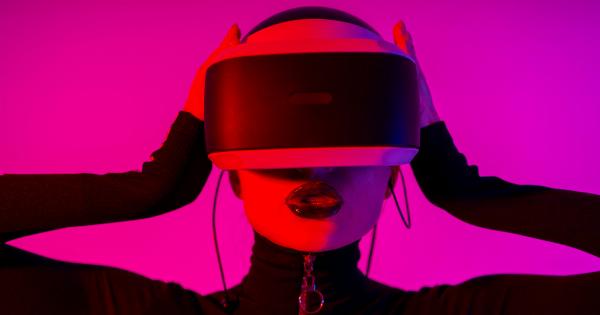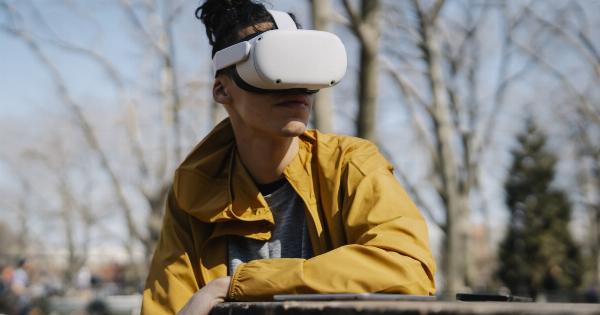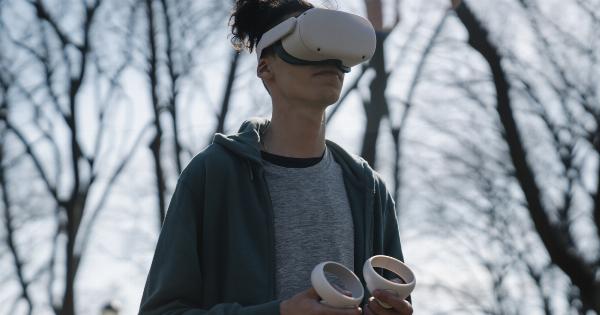As humans, we can see a wide range of colors, but have you ever wondered how your furry companion gets along with just their black, white, and yellow world? Dogs do see colors, but not in the same way we do.
In this article, we’ll delve into the fascinating world of how dogs see color.
How do dogs perceive color?
While humans have three types of color receptors (cones) in our eyes, dogs only have two types. The cones allow us to see a broad range of colors, including red, blue, green, and all the hues in between.
Since dogs have only two cones, they can’t see as many colors as we can. They can detect only yellows and blues, while greens and reds appear as different shades of gray to them.
This means your dog can’t distinguish between a red ball and a green one, but he can differentiate between a yellow tennis ball and a blue one.
The color vision of dogs compared to humans
If you want to compare your vision with your furry friend’s, imagine looking through a filter that makes everything you see in shades of blue and yellow. That’s how they see the world!.
Some studies suggest that dogs can identify basic colors like red, green, and blue but not the more complex ones. Dogs see shades of gray and have difficulty distinguishing between similar tones.
This means that colors blend together in their world, making it hard for them to separate them.
Can dogs see in the dark?
Yes, dogs see better in low light conditions than humans, thanks to their larger pupils and more photoreceptor cells in their eyes.
They have a reflective layer called the tapetum lucidum that enhances their night vision by reflecting light back through the retina, giving them improved vision in dim light.
Do dogs see the world in black and white?
No, contrary to popular belief, dogs don’t see the world in black and white. They do see some colors, as we mentioned above.
The notion that dogs see the world only in black and white comes from early film and television shows that didn’t have the technology to capture the colors of the world.
How does a dog’s vision compare to other animals?
A dog’s vision is better than that of a human in dim light conditions, but it’s not as good as some other animals. Many animals have unique abilities to see the world differently than we do:.
- Cats can see better in the dark than dogs and humans
- Sharks can see polarized light, which helps them navigate the ocean
- Flying squirrels have excellent night vision, allowing them to glide from tree to tree
- Mantises have unique 3D vision, which helps them catch their prey with precision
What do dogs see when they watch TV?
Dogs can see the images on a TV screen, but it doesn’t make much sense to them.
Some researchers suggest that dogs may be able to perceive TV images more realistically if the images are two-dimensional and contain bright colors, such as blue and yellow, which they can see more distinctly. However, dogs are more interested in what they smell and hear than in what they see on TV.
Do different dog breeds have different color vision?
No, all dogs have the same two types of cones that perceive colors. However, some breed-specific characteristics, such as squinted eyes or underdeveloped color cones, may affect their ability to see colors.
Can dogs be trained to differentiate between colors?
Yes, many dogs can be trained to differentiate between colors, provided they are properly socialized and trained.
However, dogs don’t naturally have an affinity for color, so it’s best to use rewards and positive reinforcement during training.
Conclusion
While dogs can’t see as many colors as we can, they still have the ability to see a range of hues. Dogs see the world through shades of blue and yellow and are more adept at seeing in dim light conditions than humans.
Their vision is unique and plays an essential role in their ability to navigate the world around them.


























